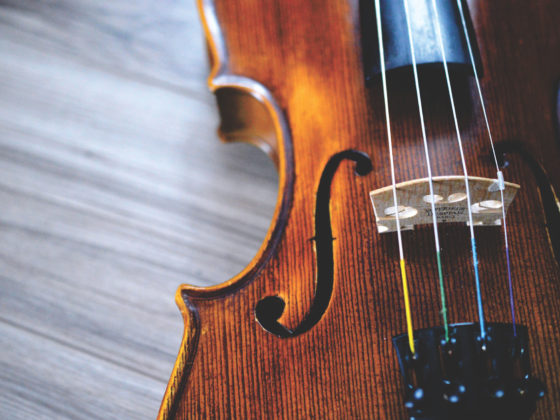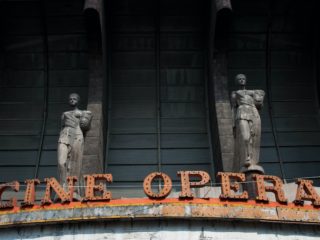There’s a perennial fascination with the fin de siècle and interwar Bucharest among Romanians. However, before the city got the glam that earned its reputation as “The Little Paris”, 19th century Bucharest was a lot different, and not entirely lacking charm, as we will see. Maltese painter Amedeo Preziosi travelled to the United Principalities of Wallachia and Moldavia in 1868 and 1869 sketching—and afterwards painting many of them in watercolour—more than 250 works, which are not only some of the best renditions of Bucharest in paintings, but demonstrate immense value for historians and anthropologists.
Bucharest in the second half of the 19th century
Coming after lots of natural disasters—floods, fires, plague—having been under Ottoman, Greek and Russian administration, and shortly after becoming the capital of the United Principalities, Bucharest of the late 1860s was a city of contrasts, a melting pot were East met West, and cultures sometimes collided. While there was a certain effort in transforming and modernising Bucharest, its rural aspect was still visible—muddy streets, slums, busy and dirty markets and not quite the cleanest water were still part of the daily life.
This is the city that Amedeo Preziosi (1816-1882) encountered when he first visited the United Principalities, in 1868, being invited by Carol I to be part of his suite, travel the country, sketch places and people. Carol I was so impressed with the artist’s work that a few years later, in 1873, he organised an exhibition in Bucharest, showcasing 34 of Preziosi’s paintings.
The Maltese painter had already been known and appreciated for his watercolours rendering the Ottoman Empire and the Balkans. Preziosi’s drawings and paintings of Bucharest and Wallachia manage to convey the spirit of the era, places, common people, costumes and customs, while his meticulousness with dating and localisation help us understand exactly where he was and what was going on.
Bucharest in paintings
Perspective from the Filaret Hill, 1868 offers a great panoramic view of the city. At that time, work at the railway connecting Bucharest and Giurgiu was in full swing. In 1889, the train station on the hill of Filaret—still existing today—was built.

Another panoramic view is from Turnul Colței (Bucharest seen from the Tower of Coltea, 1868) which offers an accurate view of the city at the time. Built between 1709-1714, the tower had been the tallest building in Bucharest (50 m) for more than a century.

One of the best qualities of Preziosi’s watercolours is that they depict the everyday life of people, the way they dressed, what they ate, a.s.o. The markets, the fairs and the shops also emphasise the busy and noisy life on the streets of 19th century Bucharest.



In his book of memoirs Three Years in Roumania, published in 1878, James William Ozanne mentions the 200 churches of Bucharest, an exaggerated number according to historians, but one thing is true though: Bucharest and the Romanian Principalities did have many churches and monasteries. Amedeo Preziosi illustrated or incorporated in his watercolours the most iconic of them.



Clean water was still somewhat of a luxury in the 19th century Bucharest. Many people used to wash and do their laundry in the Dâmbovița or Colentina rivers, and in order to make the water drinkable, they would purify it using grains of alum.


All things considered, Amedeo Preziosi’s watercolours do not paint the most glamorous image of Bucharest, but they are nonetheless charming, and—most importantly—of rich cultural heritage and great historical value.
A significant number of Preziosi’s drawings and watercolours are to be found at The National Museum of Art of Romania, in Bucharest.
All photos from Wikimedia Commons











